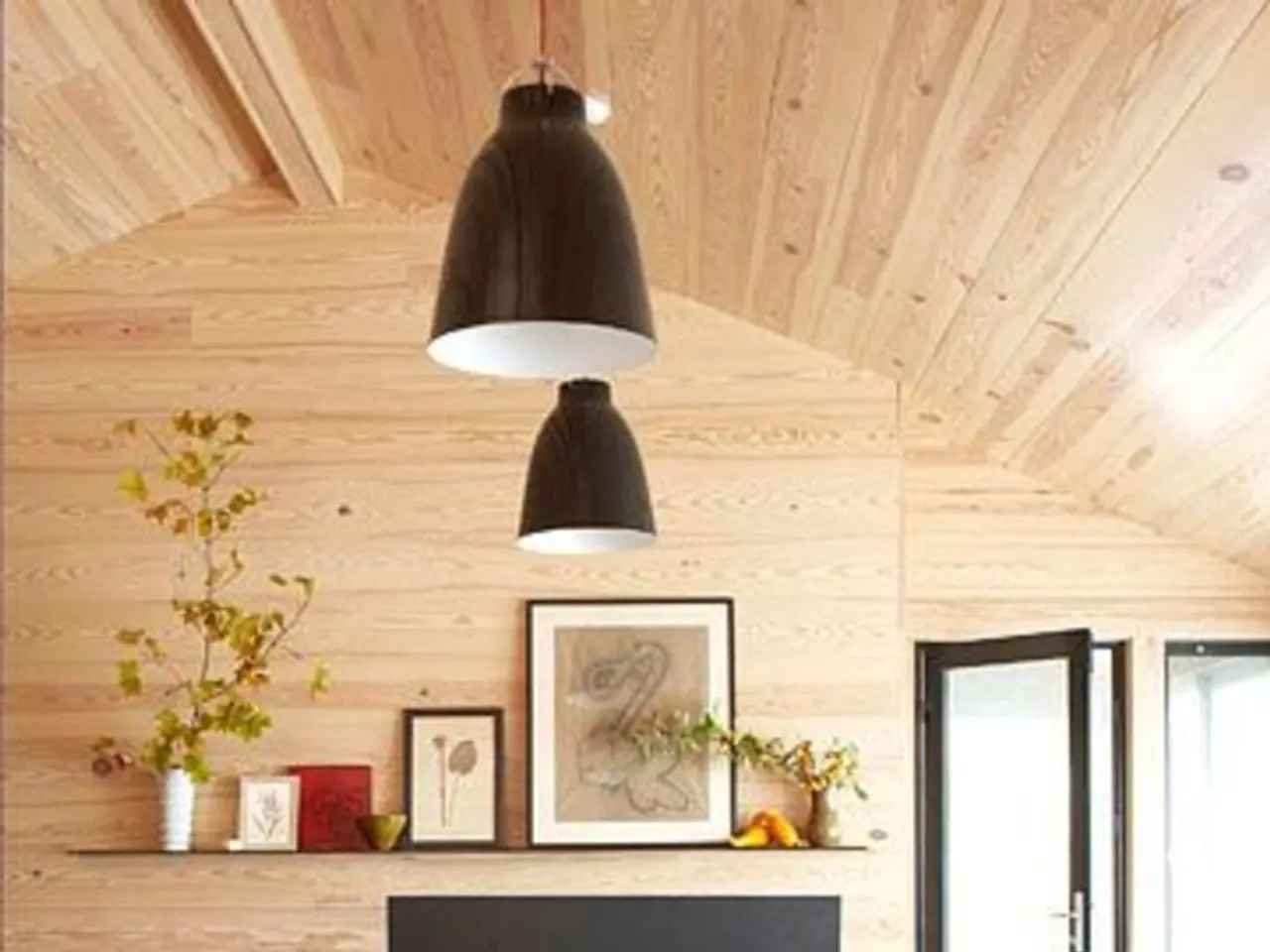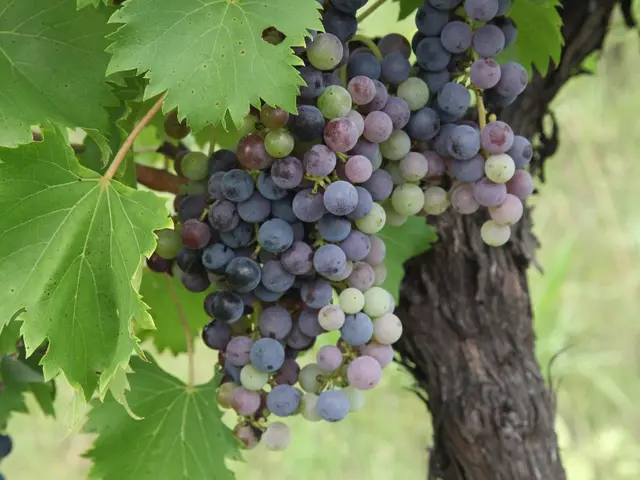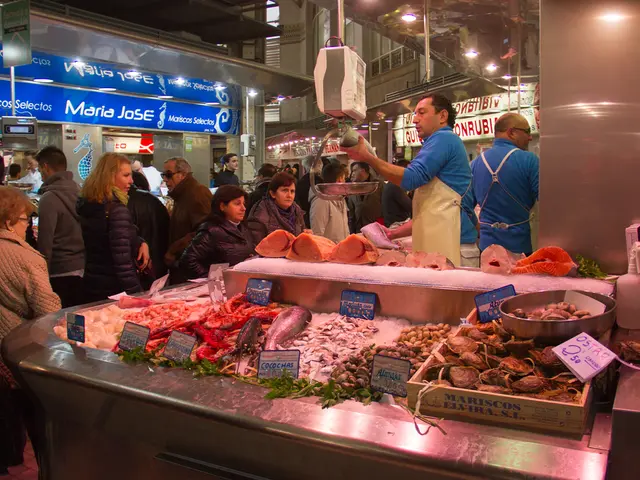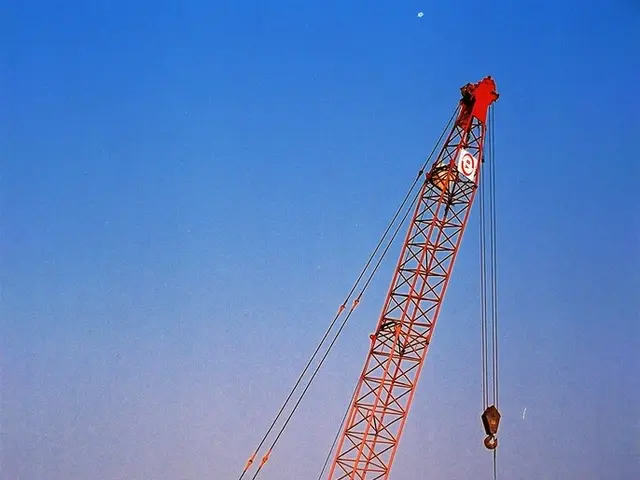Garden missteps causing visual and tactile diminution in size?
Small Gardens: Making the Most of Your Outdoor Space
Nick Wood, a garden design expert at GardeningExpress with over a decade of experience, offers tips to help you make the most of your small garden.
Avoiding Common Mistakes
Mistakes in small garden design that can make the space look smaller include:
- Using bulky or inappropriately placed garden furniture: Furniture that is too large or positioned against high walls or tucked away can make the garden feel cramped and disconnected.
- Not taking advantage of the garden’s length or orientation: Poor use of the garden’s dimensions or poor orientation of structures can limit light, privacy, and views, making the space feel confined.
- Overcrowding with too many plants or features: Too many plants without adequate spacing can clutter the space, reducing airflow and light, thus making the garden appear smaller and less inviting.
- Using dark or heavy colours and painting fences in bright or bold colours: Painting fences in bright colors draws attention and closes in the space. Instead, letting fences weather naturally to neutral or green tones helps them blend with plants, making the garden feel larger.
Fixing the Issues
To address these common mistakes, consider the following solutions:
- Choose appropriately sized, lightweight, and low-profile garden furniture that complements the garden scale. Place seating to face outward toward open spaces or views.
- Use vertical gardening (e.g., trellises, stacked planters) to save ground space and draw the eye upward, creating a sense of height and airiness.
- Incorporate reflective surfaces outdoors, such as mirrors or water features, positioned to reflect foliage and light rather than direct sun, creating an illusion of depth.
- Avoid overcrowding plants by understanding mature plant sizes and spacing requirements to allow airflow and light penetration.
- Keep fences and vertical structures neutral or green in color so they disappear visually into the planting, enhancing the garden’s perceived size.
- Thoughtfully place garden rooms or structures to maximize natural light, views, privacy, and avoid blocking sightlines from the house.
Creating Depth
Nick Wood recommends aiming to create depth with the "staircase" effect by placing tall plants at the back and smaller ones in the front to avoid a cluttered and cramped appearance.
Growing Vegetables
Growing vegetables in pots is a fun and creative way to enjoy gardening in a small space, and can be done even on a balcony if that's the only outdoor space available.
By addressing these common mistakes and implementing these solutions, small gardens can feel more spacious, connected, and inviting.
- To make a small garden feel more spacious, consider using appropriately sized, lightweight, and low-profile garden furniture that complements the garden scale, placing seating to face outward toward open spaces or views.
- Incorporating reflective surfaces outdoors, such as mirrors or water features, positioned to reflect foliage and light rather than direct sun, can create an illusion of depth in a small garden.
- Growing vegetables in pots is a fun and creative way to enjoy gardening in a smaller space, even if you only have a balcony.
- To avoid a cluttered and cramped appearance in a small garden, aim to create depth with the "staircase" effect by placing tall plants at the back and smaller ones in the front.






